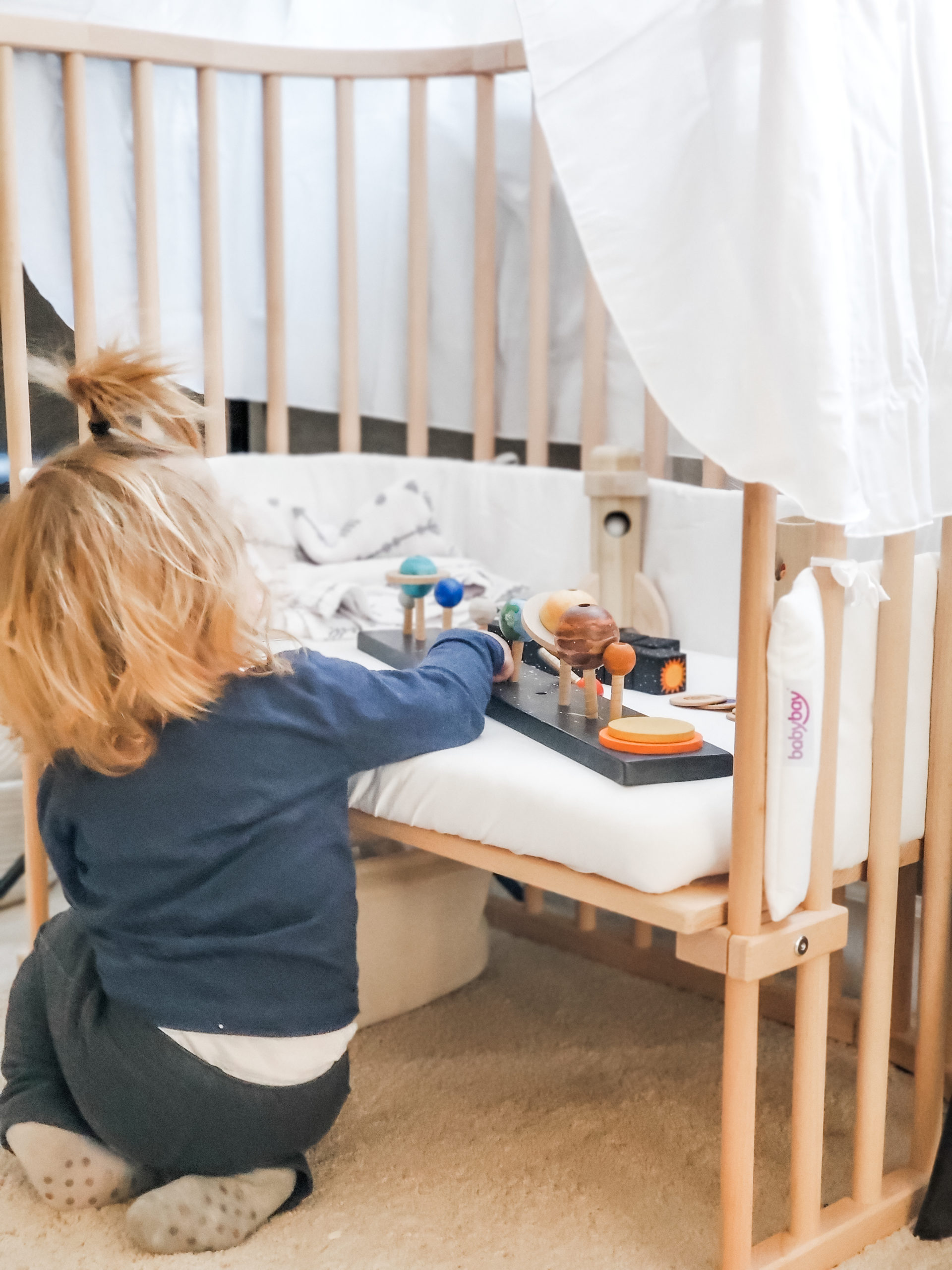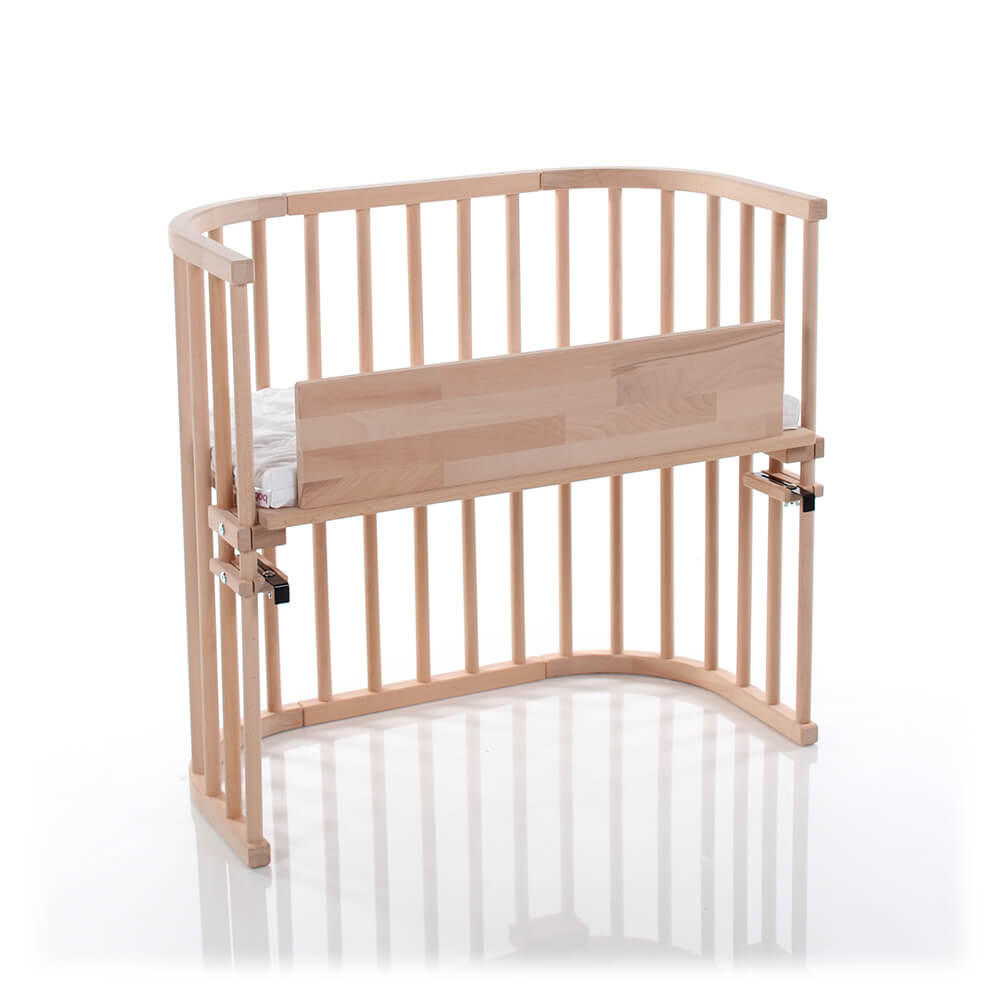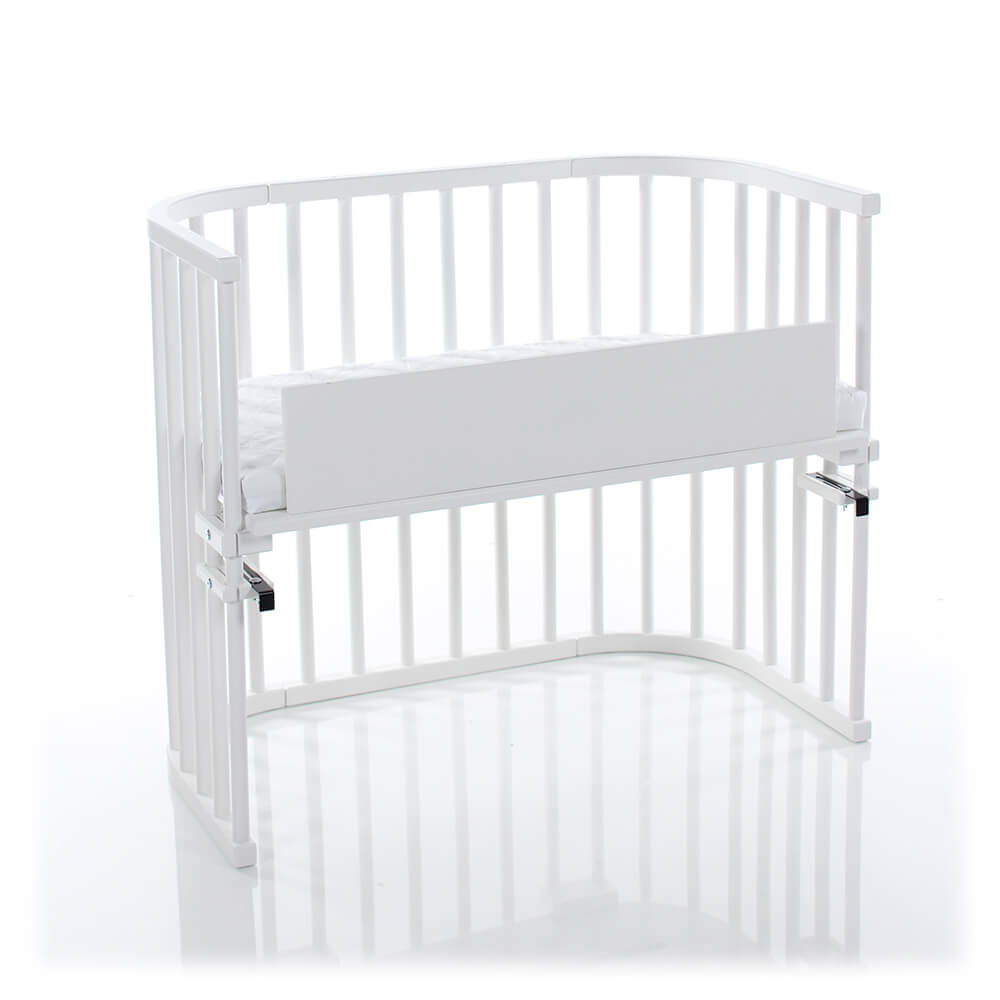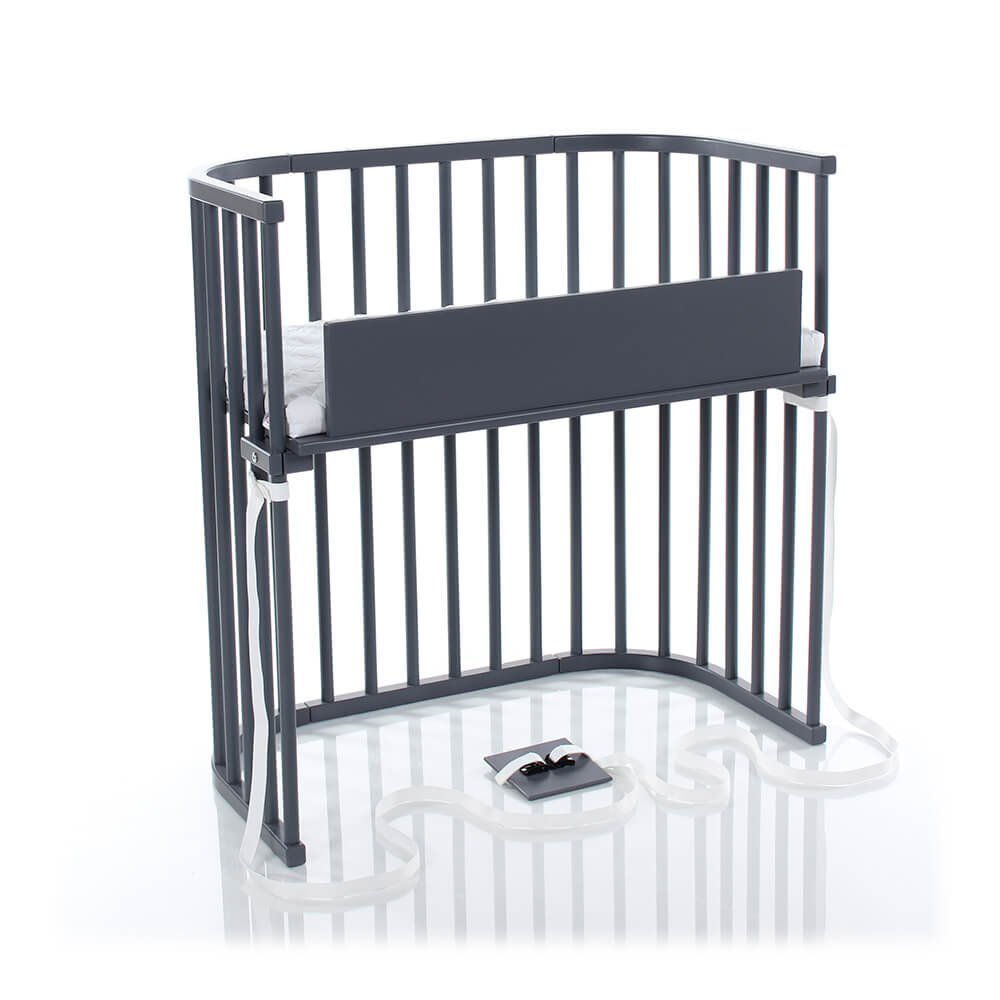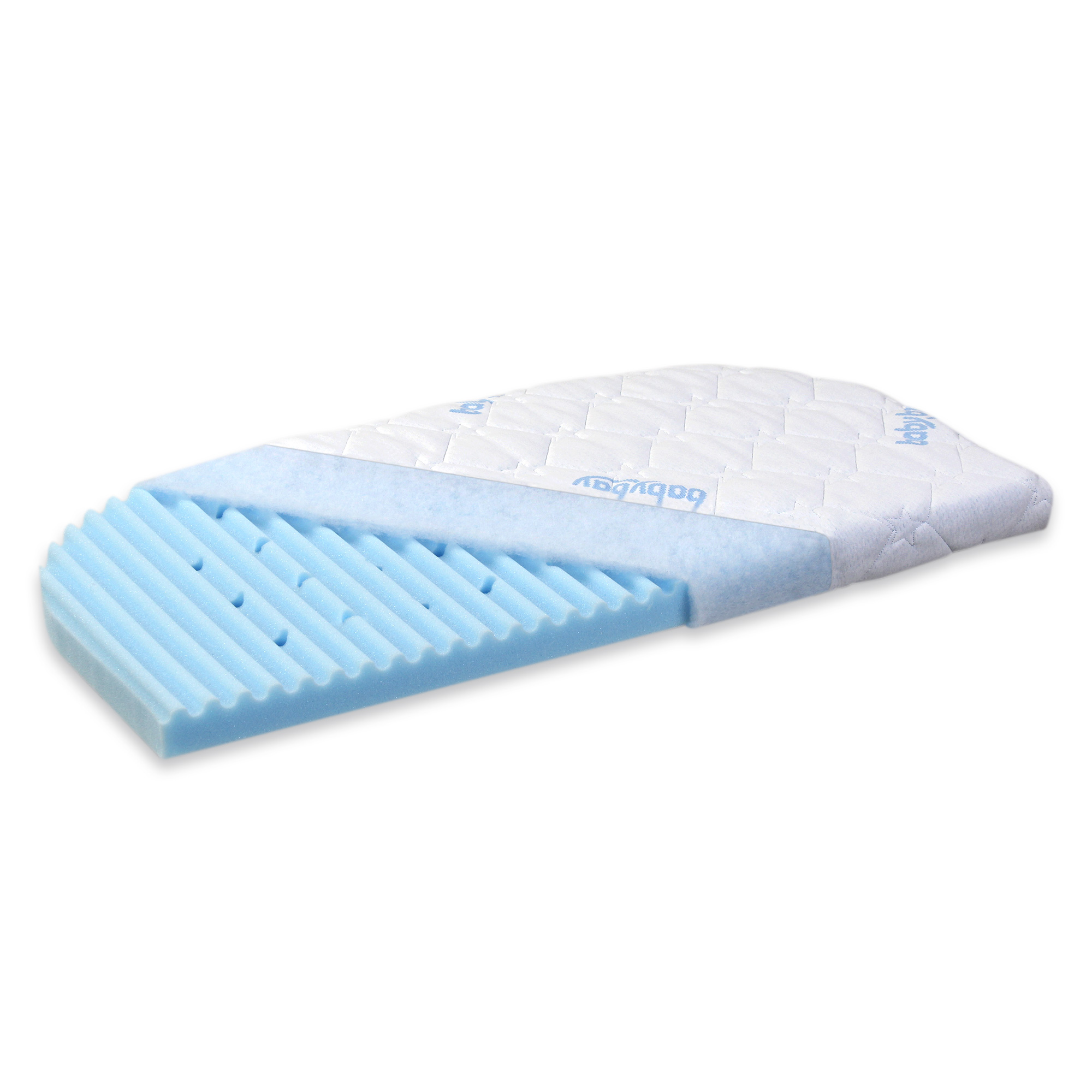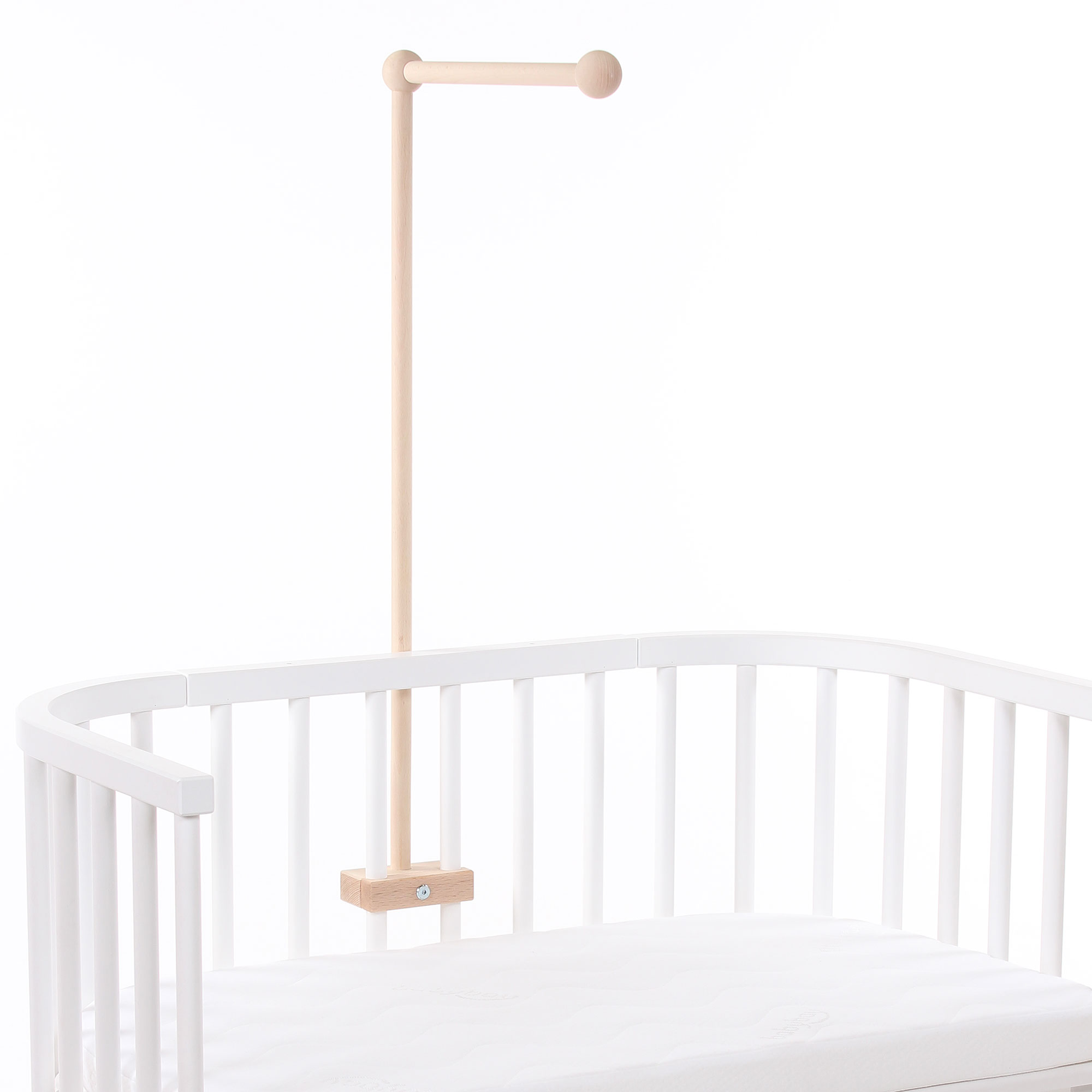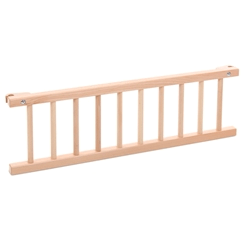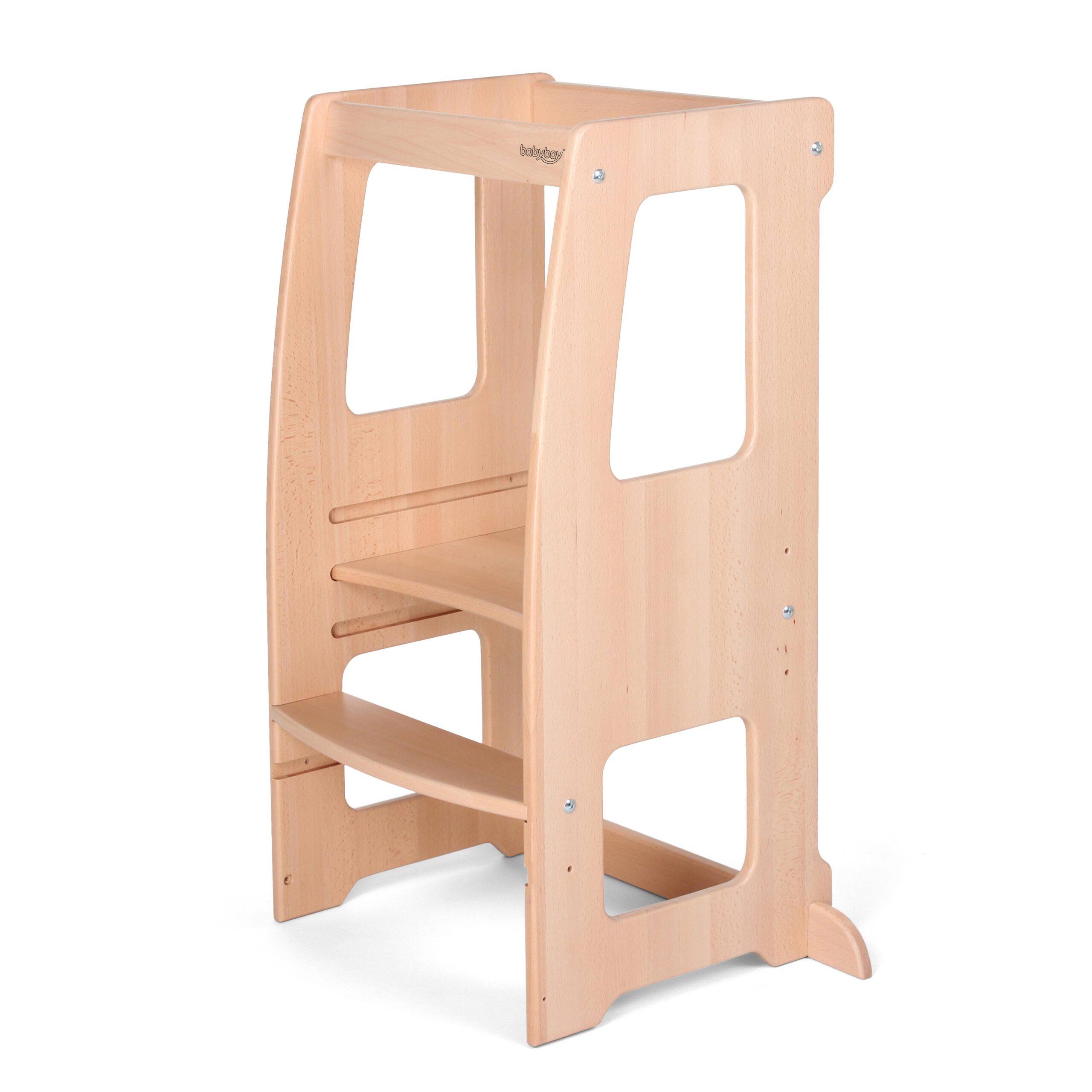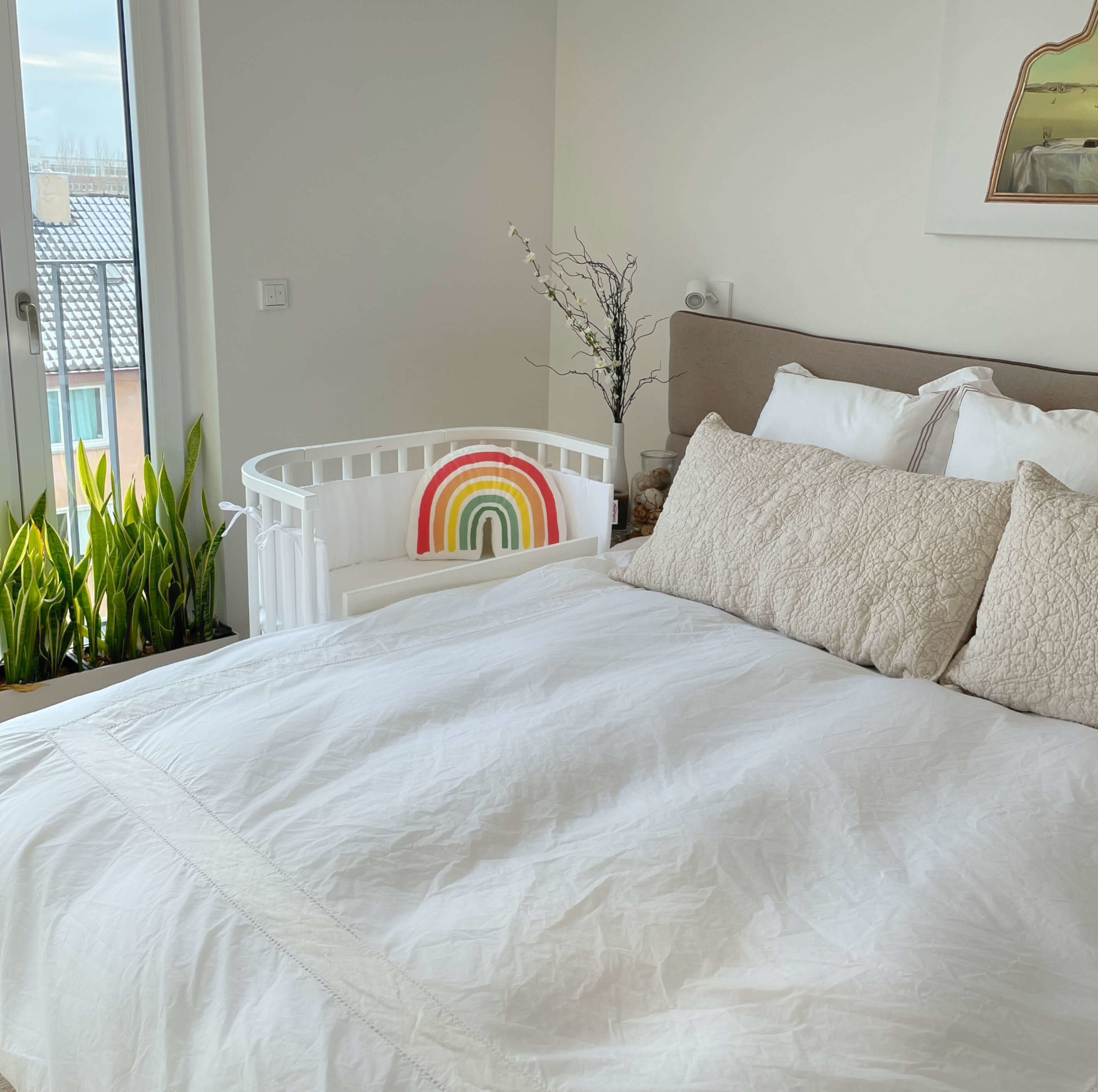
How to Safely Co-Sleep with a Newborn Baby (Fully Without Stress)
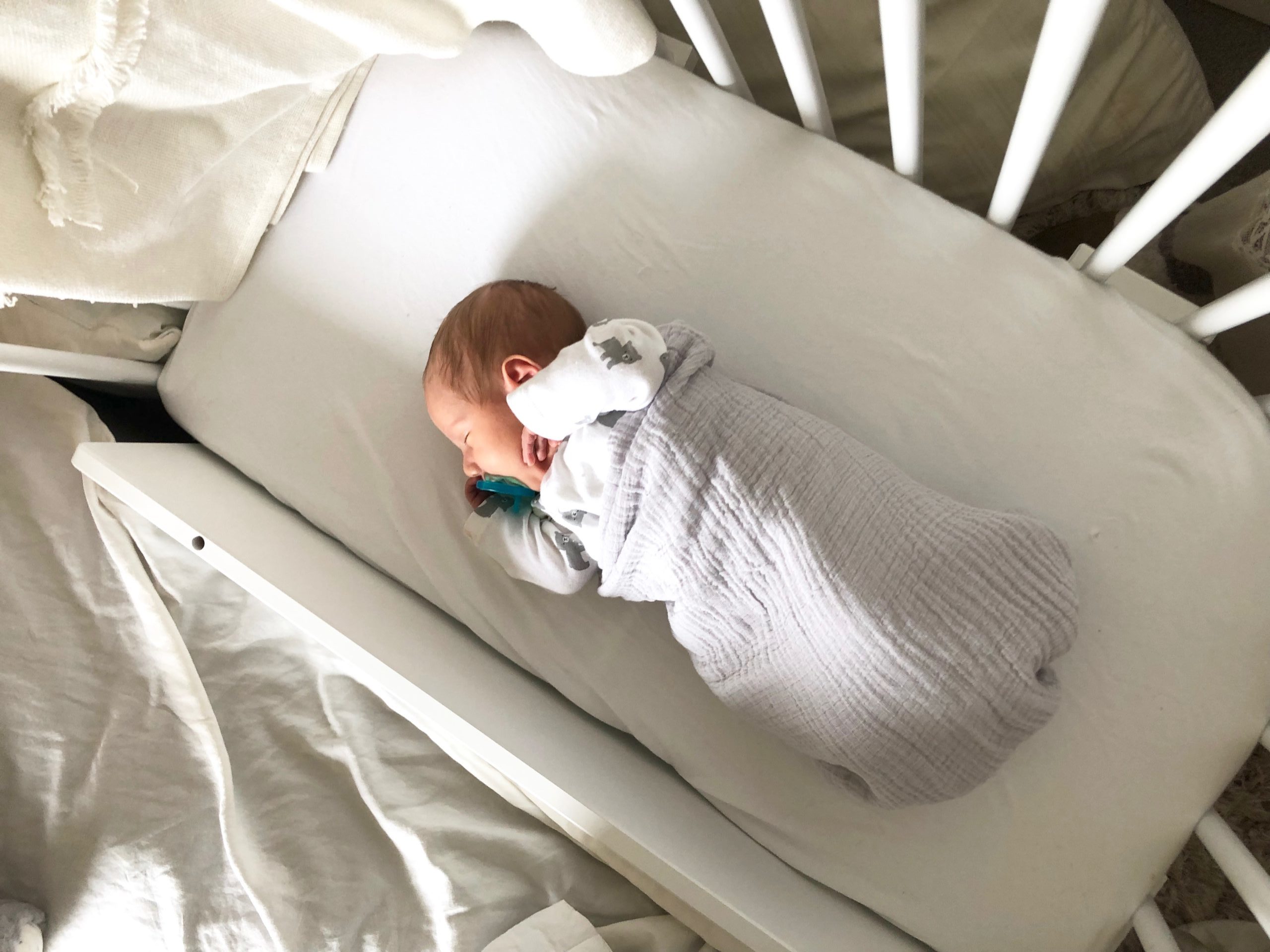
What Is Co-Sleeping and How Do I Know if It’s Right for My Baby?
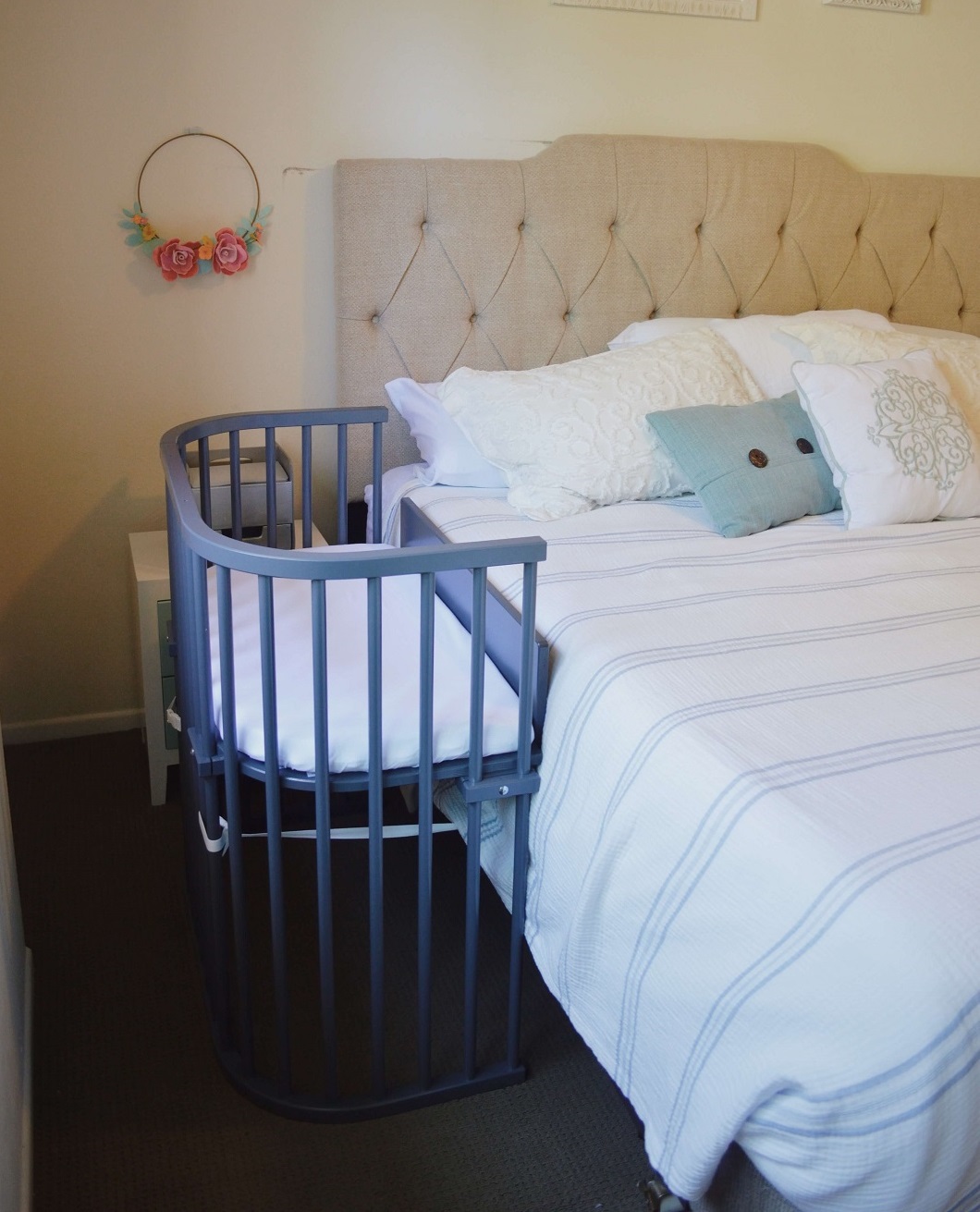
When Is It Safe to Co-Sleep with My Baby?
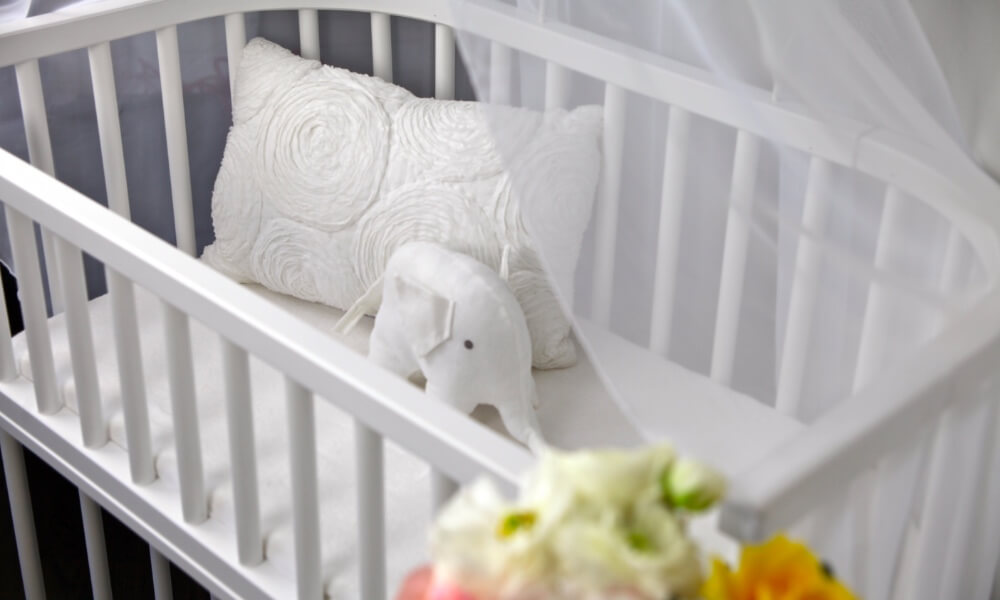
How to Transform Your Babybay Bedside Sleeper into a Bassinet
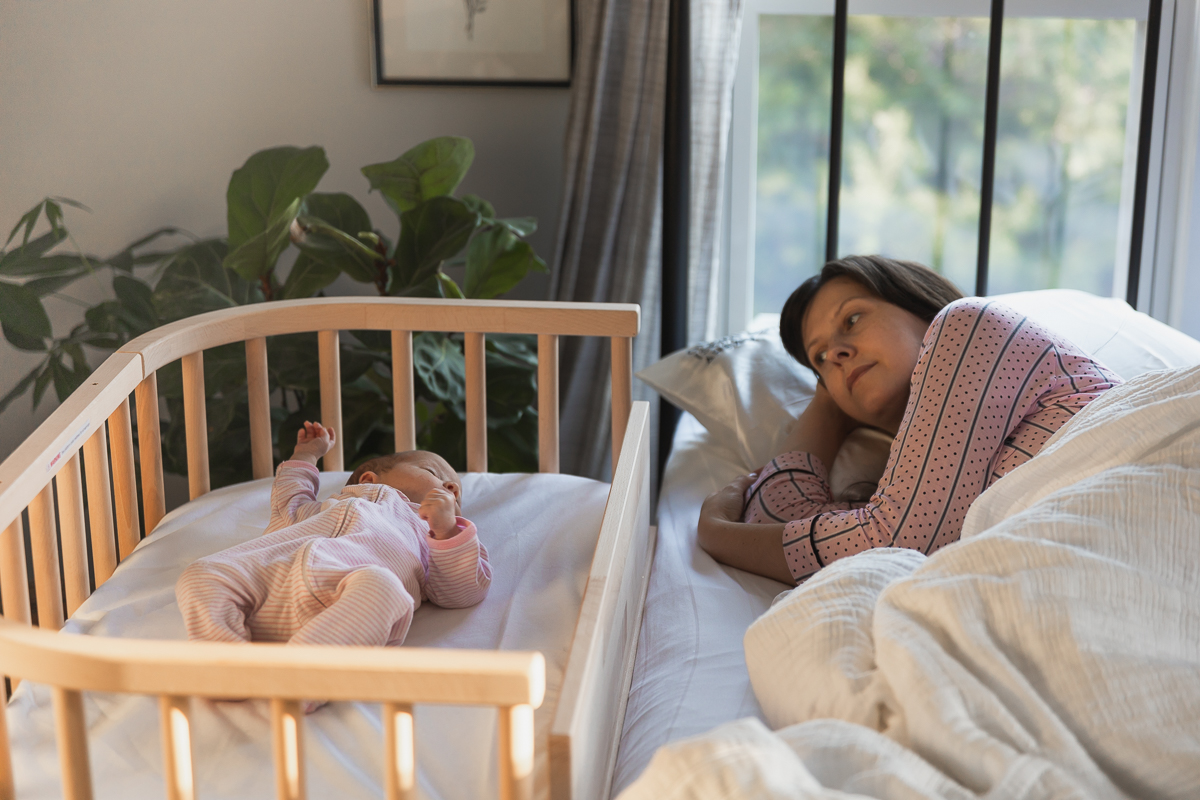
A Guide for Sleep Deprived Parents: How to Get Sleep with a Newborn
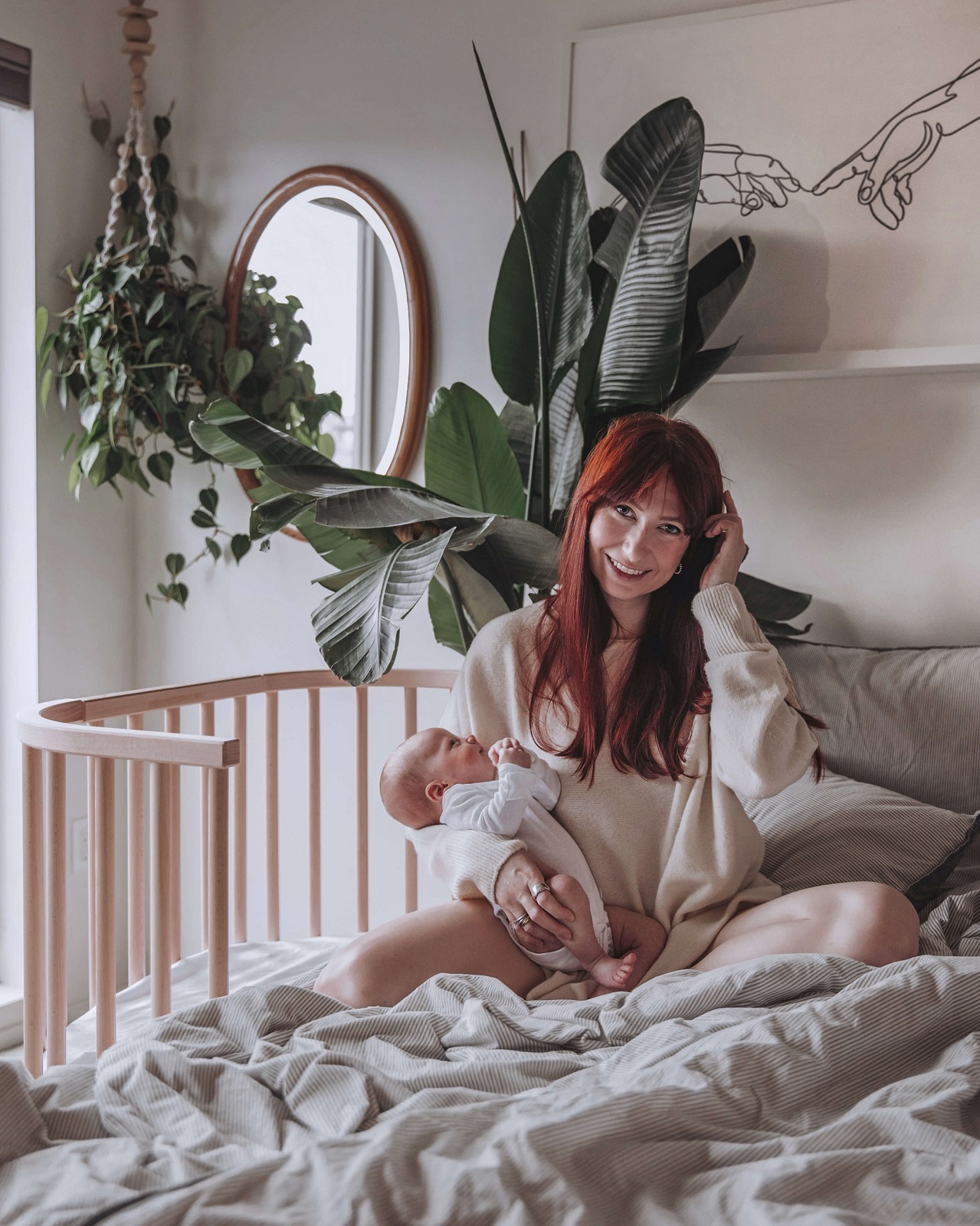
Make Co-Sleeping Comfortable and Safe (For You and Your Baby!)
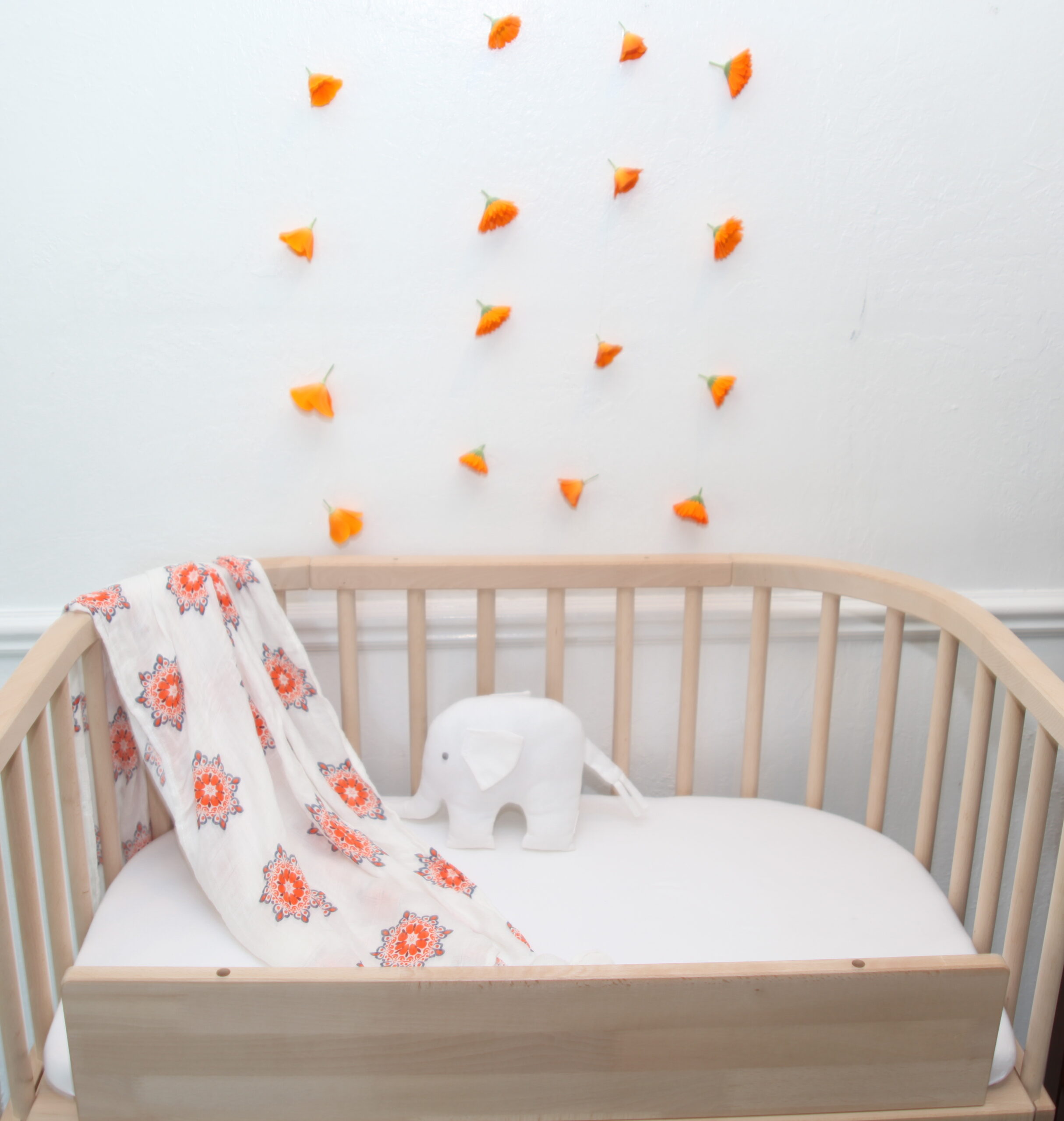
babybay Unboxing: How to Prep Your Bedside Sleeper For Your Little One’s Arrival
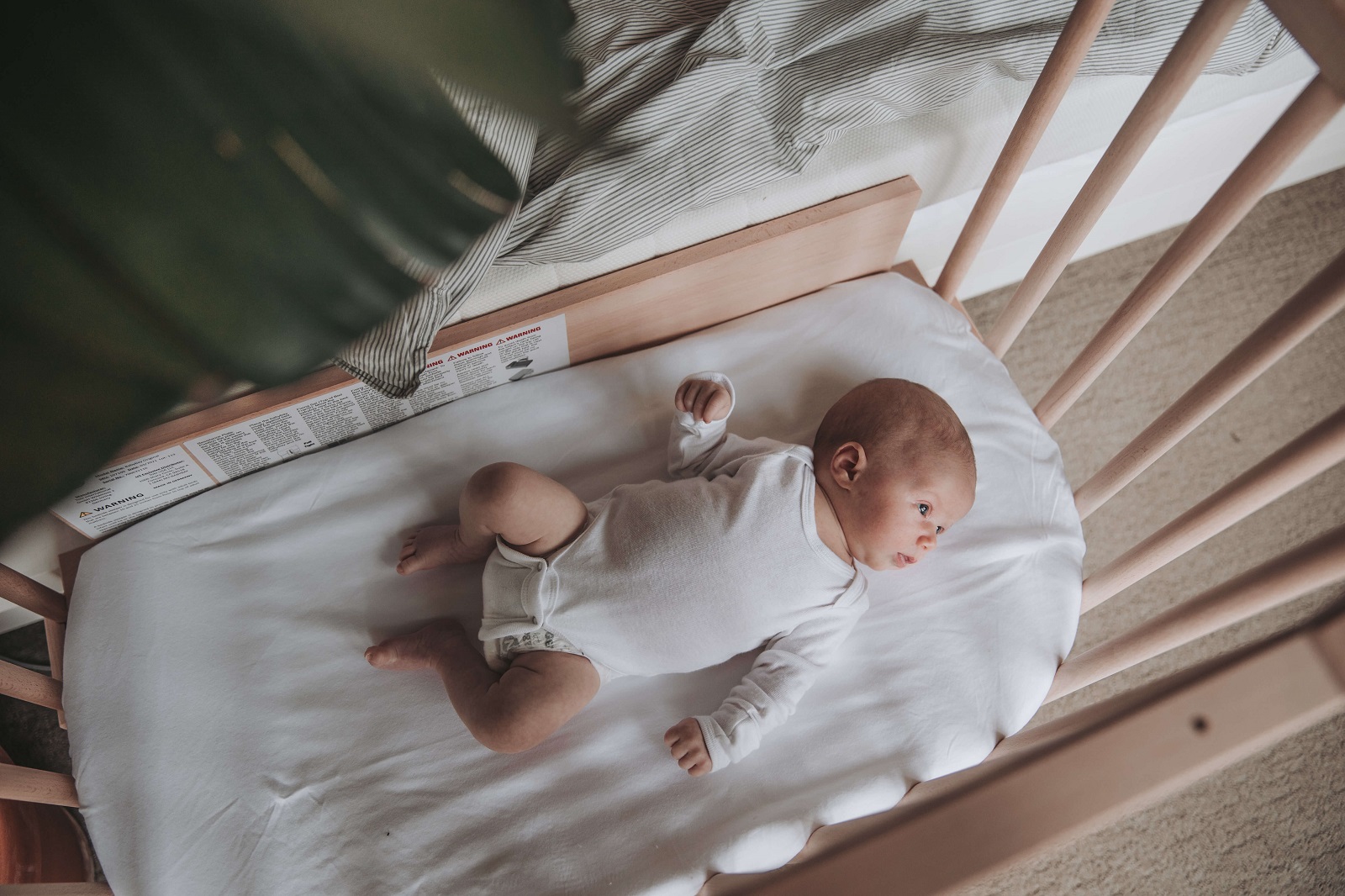
Why is Co Sleeping Bad for Newborns? (Hint: It’s Not!)
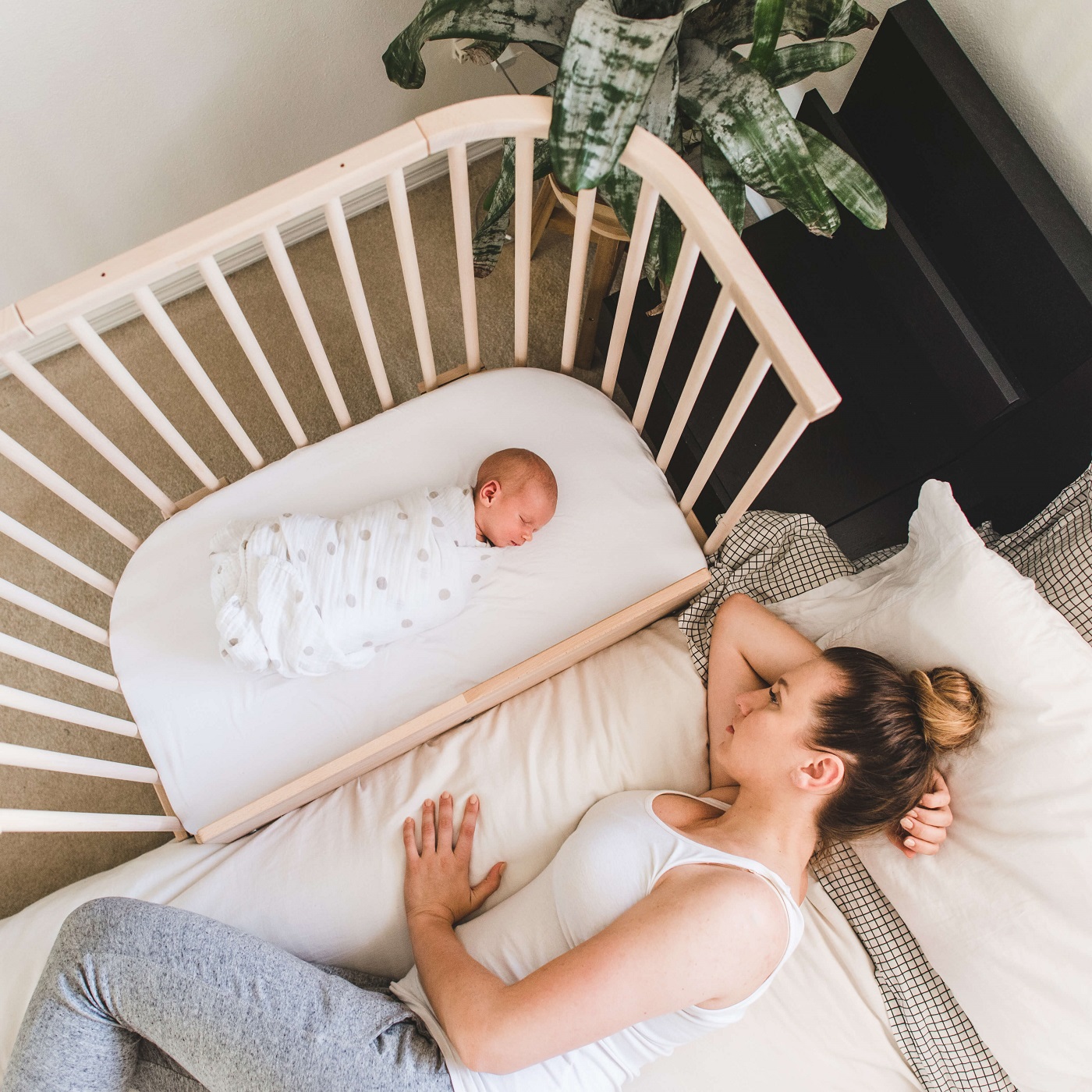
When Is Co Sleeping Safe for My Baby?
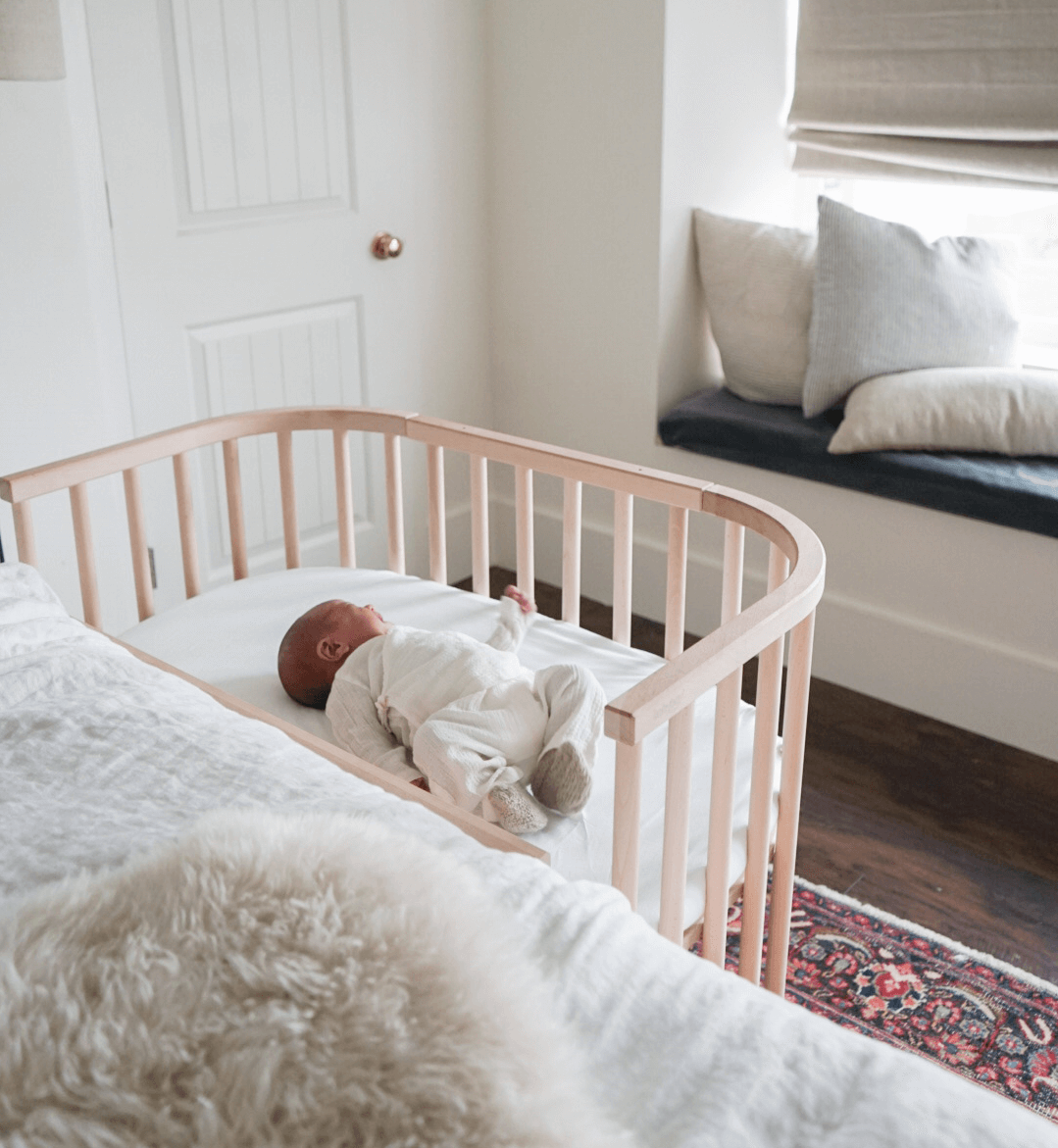
How to Co-Sleep with an Infant Safely Using a Bedside Sleeper
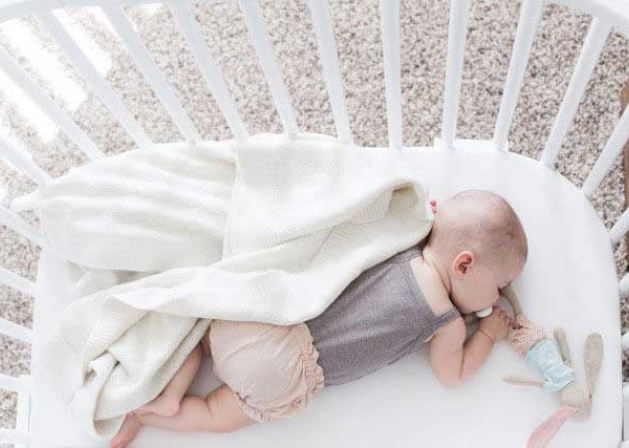
3 Big Benefits of Co-sleeping with your Newborn
